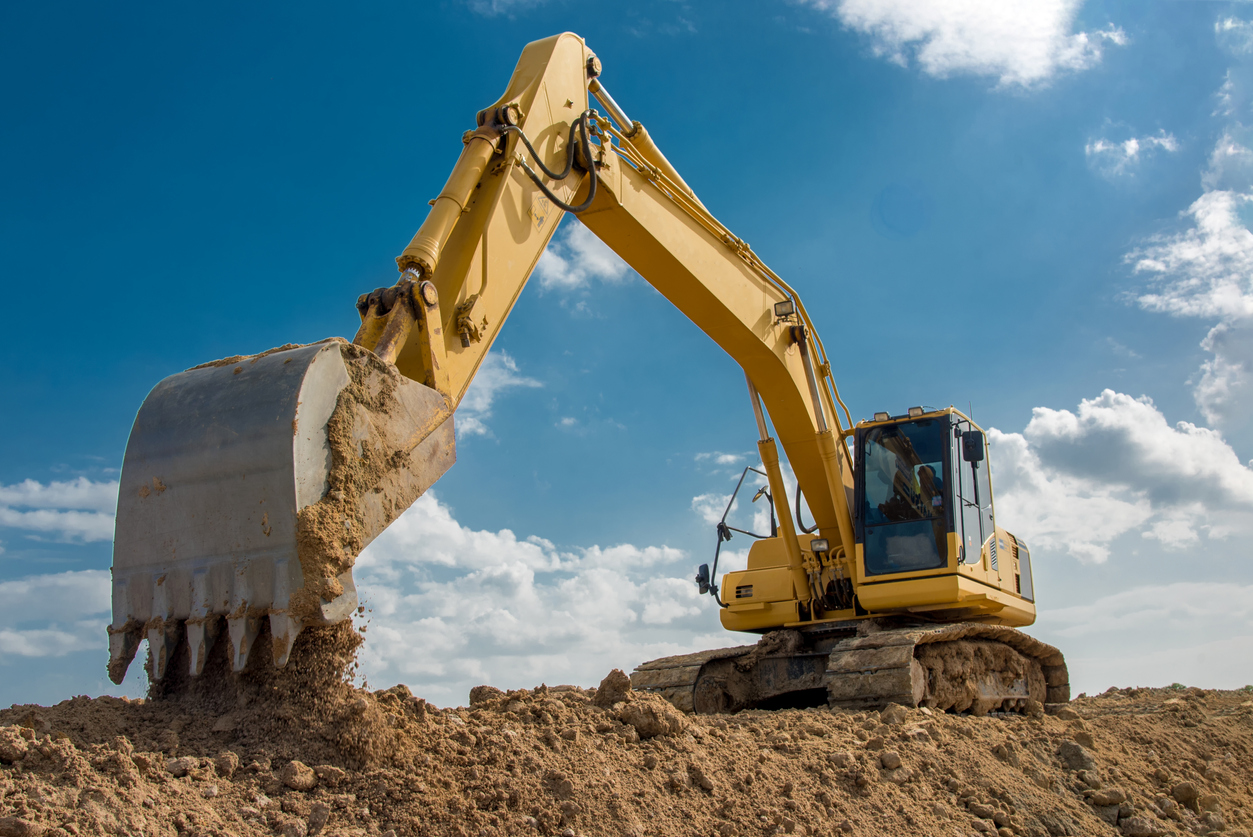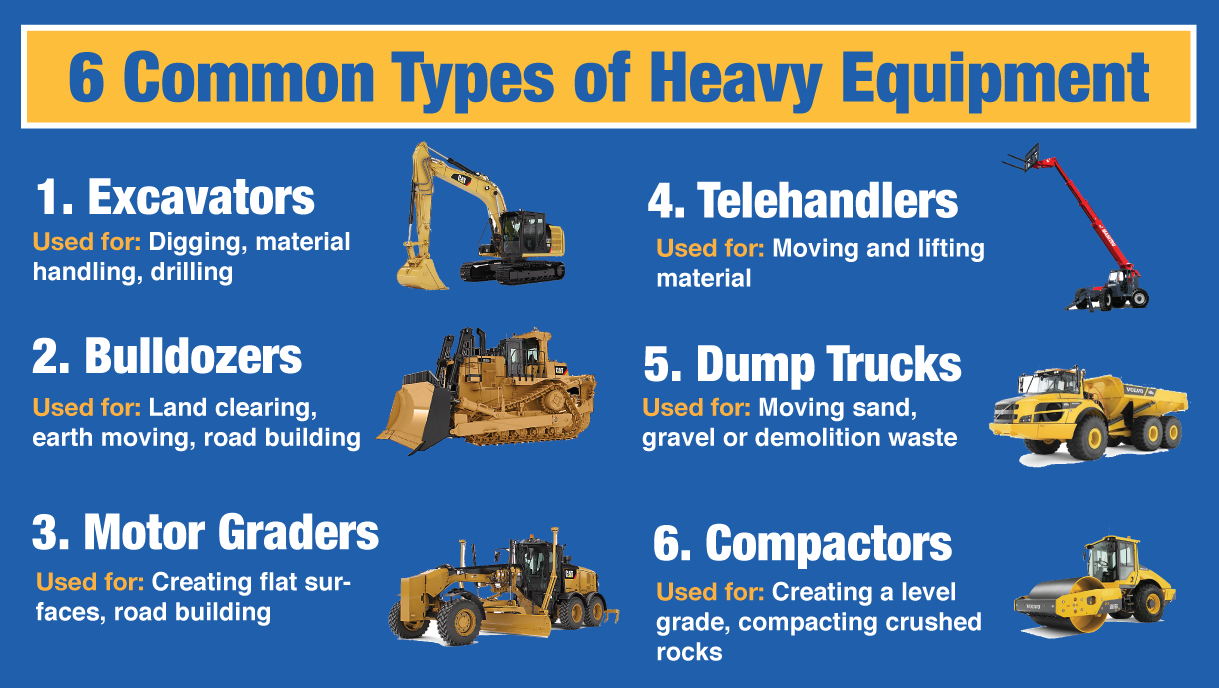Scissor Lift Rental: Safe and Effective Solutions
Wiki Article
Renting Vs. Purchasing Construction Tools: Making the Right Option for Your Job
When getting started on a building and construction job, one of the essential choices that forecast managers and stakeholders face is whether to rent or buy construction devices. The choice hinges on numerous elements such as price factors to consider, project period, tools maintenance, scalability, flexibility, and danger administration.Expense Considerations
When evaluating the economic aspect of purchasing versus leasing construction equipment, the lasting expenditures and ahead of time prices must be carefully thought about. Renting out devices frequently requires reduced preliminary repayments contrasted to buying, making it an eye-catching option for short-term tasks or contractors with budget restrictions. Leasing gets rid of the need for huge funding expenses and minimizes the monetary threat connected with tools ownership, such as maintenance and depreciation costs. However, in the lengthy run, consistently renting out equipment can collect higher costs than purchasing, specifically for extensive tasks.On the other hand, acquiring building tools involves higher upfront expenses yet can result in long-term financial savings, particularly for regular customers or long-lasting jobs. Inevitably, the decision between renting and getting construction devices hinges on the project's duration, regularity of usage, budget factors to consider, and long-term financial objectives.
Project Duration

Conversely, for long-lasting projects or continuous construction job, buying devices could be the more cost-effective option. Investing in tools can result in cost financial savings over time, especially if the devices will be frequently utilized. Moreover, possessing devices gives a feeling of control over its accessibility and enables for customization to fit particular job demands.

Tools Upkeep
Provided the important duty project duration plays in establishing one of the most economical method in between leasing and buying construction devices, the focus now moves in the direction of examining the essential facet of equipment upkeep. Proper maintenance is important for guaranteeing the ideal performance and long life of building and construction devices. Leasing devices typically includes the benefit of having actually properly maintained machinery offered by the rental business. This can reduce the burden of upkeep tasks from the task owner or service provider, conserving time and initiative. On the various other hand, possessing equipment calls for a proactive approach to upkeep to stop malfunctions, make certain security, and extend the equipment's lifespan. Routine assessments, maintenance, and prompt repairs are needed to maintain owned and operated tools in top functioning problem. Consider maintenance costs when choosing between getting and leasing, as overlooking upkeep can result in pricey repairs, downtime, and job delays. Ultimately, a well-maintained construction tools fleet, whether leased or had, is crucial for the reliable and effective completion of building jobs.Flexibility and Scalability
In the realm of building and construction devices monitoring, the element of adaptability and scalability holds significant importance for job efficiency and source use. Choosing to rent building and construction equipment gives a high level of adaptability as it permits for the quick change of devices types and quantities based upon the progressing demands of a task. Renting enables contractors to access a variety of specific equipment that may be needed for specific tasks without the long-lasting dedication of possession. This flexibility is specifically beneficial for tasks with varying requirements or unpredictable periods (forklift rental).Furthermore, scalability, one more essential aspect, is inherently connected to versatility. Renting out building and construction tools offers the advantage of conveniently scaling procedures up or down as task demands change. Service providers can swiftly add or exchange equipment to match the project's transforming demands without the restraints of possessing assets that may come to be underutilized or out-of-date. This capability to range resources efficiently can result in cost savings and improved task timelines, making renting a positive option for jobs calling for adaptability and responsive source allotment.
Danger Administration
Reliable danger monitoring in building tools operations is paramount to guaranteeing project success and mitigating prospective monetary losses. Construction projects inherently involve various risks, such as tools malfunctions, crashes, and task look at this website hold-ups, which can substantially affect the job timeline and spending plan. By very carefully thinking about the risks related to owning or renting building tools, job managers can make educated decisions to minimize these prospective risks.Renting construction devices can provide a level of threat mitigation by transferring the obligation of upkeep and repair work to the rental business. This can minimize the financial concern on the task proprietor in case of unforeseen devices failings (dozer rental). In addition, renting out offers the versatility to access specialized tools for specific project stages, minimizing the risk of possessing underutilized machinery
On the other hand, having construction equipment supplies a sense of control over its use and maintenance. Nevertheless, this likewise indicates bearing the complete responsibility for repairs, upkeep expenses, and depreciation, enhancing the economic threats associated with tools possession. Mindful danger analysis and factor to consider of factors such as project duration, equipment usage, and upkeep requirements are essential in determining one of the most ideal alternative for effective threat management in building jobs.
Conclusion
To conclude, when determining between buying and renting out construction devices, it is crucial to think about cost, job duration, tools maintenance, adaptability, scalability, and threat management. Each variable plays an important role in establishing the most ideal alternative for the job available. By meticulously reviewing these aspects, job supervisors can make an enlightened choice that straightens with their spending plan, timeline, and general project goals.
Report this wiki page